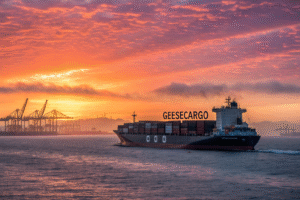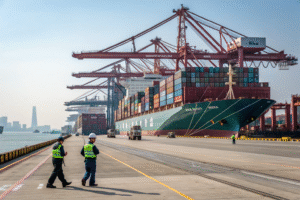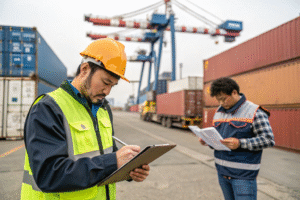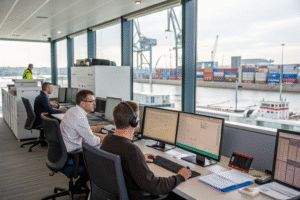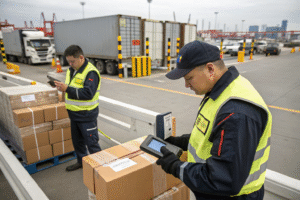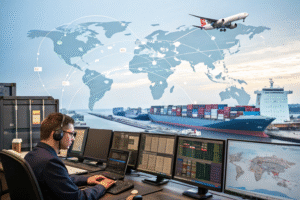Modern global trade can break down over the smallest misstep—one missing document, one late truck, or one confused customs officer.
A freight forwarder plays a vital role in supply chain management by coordinating transportation, managing logistics documents, streamlining inventory flow, and reducing delays. With a skilled partner like GeeseCargo, your global logistics become smoother, clearer, and more reliable.
When importers face shipping disruptions, the freight forwarder is often the first—and only—point of rescue. Let me explain how we step in to protect your supply chain from falling apart.
Coordinating transportation across global supply chains
Managing international shipments isn’t just about booking space on a ship or plane. It’s about aligning multiple timelines, locations, and handovers across countries.
Freight forwarders coordinate all transportation modes—sea, air, rail, and road—across borders and regions, ensuring goods flow smoothly from factory to final destination.
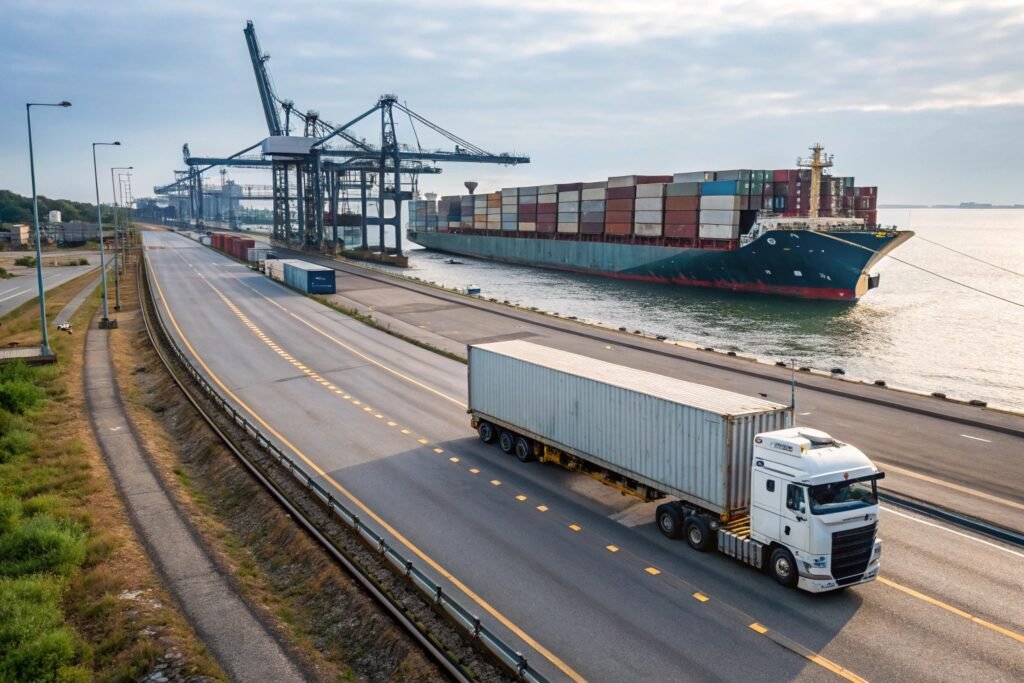
How do freight forwarders connect all the transport legs in a shipment?
Global shipments involve several stages:
- Factory pickup by truck in China
- Export processing and port transfer
- Sea or air transit to the destination country
- Import customs clearance
- Domestic delivery to warehouse or retail store
Each of these steps involves a different party, schedule, and regulation. A freight forwarder like us at GeeseCargo becomes the link between all these pieces.
I once managed a shipment of umbrellas from Yiwu to a wholesaler in Chicago. The cargo went from truck to Ningbo port, to sea freight across the Pacific, to rail across the U.S., and final truck to warehouse—all without delay. Why? Because we coordinated every party with shared schedules and pre-alerts.
| Transport Mode | Freight Forwarder’s Role |
|---|---|
| Trucking | Pickup, driver scheduling, route planning |
| Sea Freight | Booking space, B/L documentation, loading timing |
| Air Freight | Flight coordination, weight checks |
| Rail Freight | Container transfers, rail yard tracking |
| Final Delivery | Local dispatch, customs release handoff |
What tools do forwarders use to coordinate these movements?
To make this work, we use:
- Real-time tracking platforms
- Port and carrier booking systems
- Customs pre-clearance data flows
- SOPs with each logistics partner
By centralizing updates from multiple sources, we prevent delays caused by miscommunication between carriers, warehouses, and buyers.
How forwarders streamline inventory and delivery flow
When goods arrive early or late, warehouses overflow or sit empty. That hurts business. Timing is everything in modern inventory management.
Freight forwarders help regulate your inventory flow by aligning shipping timelines with your order schedules, preventing warehouse pileups and delivery shortages.
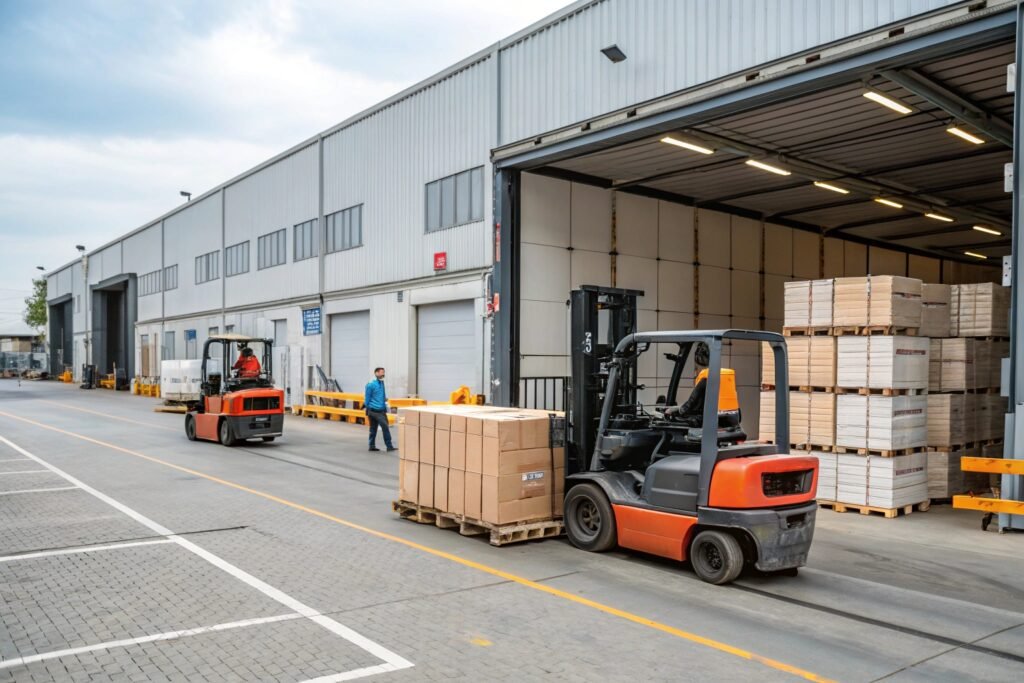
Why is inventory flow a key part of supply chain stability?
Imagine this: you expect 20 pallets of scarves to arrive Monday, but they show up Thursday. Your team sits idle for 3 days, or your shelves stay empty. On the flip side, if your winter gloves show up 2 weeks early, you pay extra for storage or can’t unload other shipments.
A skilled forwarder plans:
- Ideal departure based on factory lead time
- Carrier ETD and ETA
- Customs clearance time buffers
- Delivery slot booking at your facility
That’s what we do at GeeseCargo. We don’t just move cargo—we move it on schedule.
One of our FBA clients used to ship randomly. Now, we manage their order calendar, ship every 10 days, and split containers to match their warehouse intake rate. Their warehousing costs dropped 18%.
How does consistent delivery flow help different types of buyers?
| Buyer Type | Risk Without Timing Control | How GeeseCargo Solves It |
|---|---|---|
| Retail Chains | Overstocking, missed promotions | Match delivery to seasonal calendar |
| Amazon Sellers | Out-of-stock listings | Plan weekly delivery to 3PLs |
| Import Wholesalers | Overflowing warehouse | Split shipments, schedule by region |
| E-commerce Brands | Unplanned packaging chaos | Sync with fulfillment center timing |
Freight timing is inventory timing. And that’s something forwarders can directly control when embedded into your supply chain planning.
Managing logistics partners and shipping documents
Global shipping involves many players—factories, truckers, port handlers, customs brokers, carriers. If one makes a mistake, you’re the one who suffers.
Freight forwarders serve as central managers of all logistics partners and documents, ensuring the right people act at the right time with the correct paperwork.
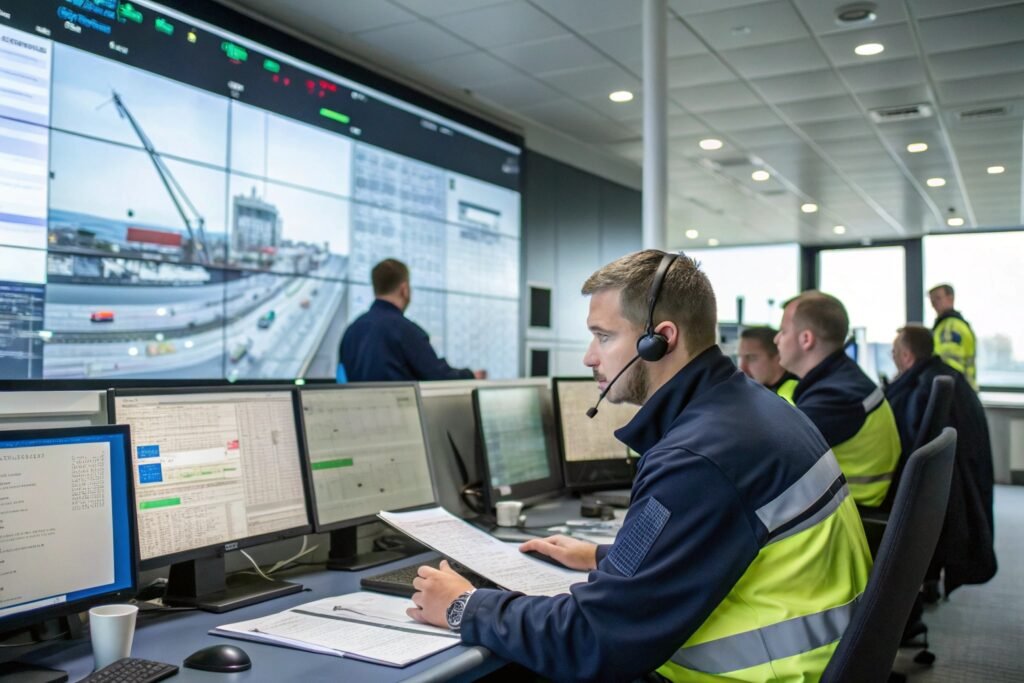
Why is document handling so critical in cross-border supply chains?
Every international shipment needs:
- Commercial Invoice
- Packing List
- Bill of Lading / Air Waybill
- Certificate of Origin
- Customs Declarations
- Compliance certificates (where required)
If any document is missing or has incorrect data, the entire chain can stall at customs or loading.
That’s why at GeeseCargo, we check and manage documents for every shipment. For one client shipping LED lights to Canada, a mismatch between invoice value and HS code cost them 2 days of customs delay. After that, they let us control the paperwork end-to-end.
| Document Type | Common Errors | Our Fix |
|---|---|---|
| Commercial Invoice | Incomplete value | Match with packing list, validate |
| B/L or AWB | Wrong consignee info | Pre-check shipping data |
| Certificate of Origin | Missing for FTA use | Request from factory, file early |
| ISF/AMS (U.S. specific) | Late submission | Pre-file before vessel departs |
How do forwarders manage third-party coordination?
We act as the single point of contact between:
- Factory and pickup driver
- Export agents and customs officers
- Carriers and brokers
- U.S. 3PL or receiving warehouse
Clients only talk to us—we handle the rest. That saves time, reduces language barriers, and limits errors.
Reducing delays and improving supply chain visibility
The frustration I hear from importers is, “Why can’t I see where my shipment is?” Uncertainty kills confidence.
Freight forwarders reduce delays and give real-time shipment visibility by tracking cargo milestones, updating status, and solving problems before clients even notice them.
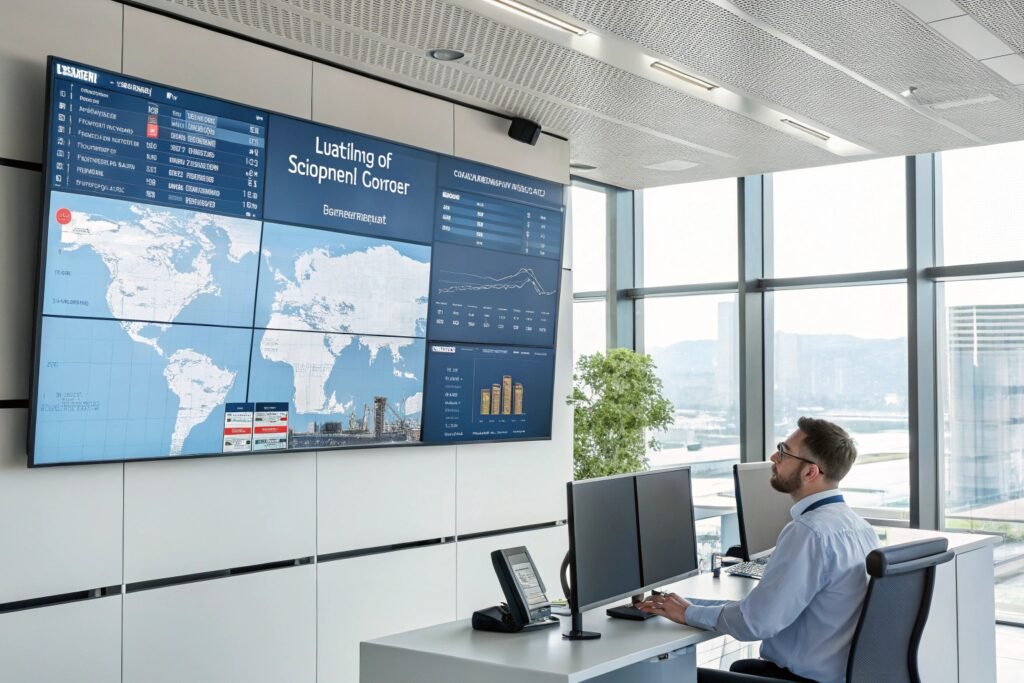
How does visibility help importers make better decisions?
When you know:
- Where your goods are
- When they’ll clear customs
- If a delay is coming
You can adjust marketing, warehouse space, or customer notices. Without visibility, you’re always reacting late.
We provide:
- Milestone-based shipment tracking
- ETA predictions
- Customs clearance alerts
- Proof of delivery reports
One European client used to call us every day for updates. Now, they check our shared tracker once a day. They spend less time asking questions—and more time selling.
How do forwarders prevent and resolve shipment delays?
| Delay Source | Prevention Method | If Delay Occurs |
|---|---|---|
| Port Congestion | Use alternate ports, early booking | Reroute cargo if needed |
| Customs Holds | Pre-check documents, pre-clear entry | Expedite with broker, resolve flags |
| Factory Delays | Confirm readiness, plan buffer | Rebook carrier, notify buyer |
| Miscommunication | Centralize logistics roles | Contact affected party directly |
At GeeseCargo, our job is to predict the risk—then act fast. Our clients rarely hear about problems until we’ve already fixed them.
Conclusion
A good freight forwarder does more than ship your cargo—they protect your supply chain. From transportation and paperwork to visibility and problem-solving, GeeseCargo stands as a reliable partner for your global logistics success.

